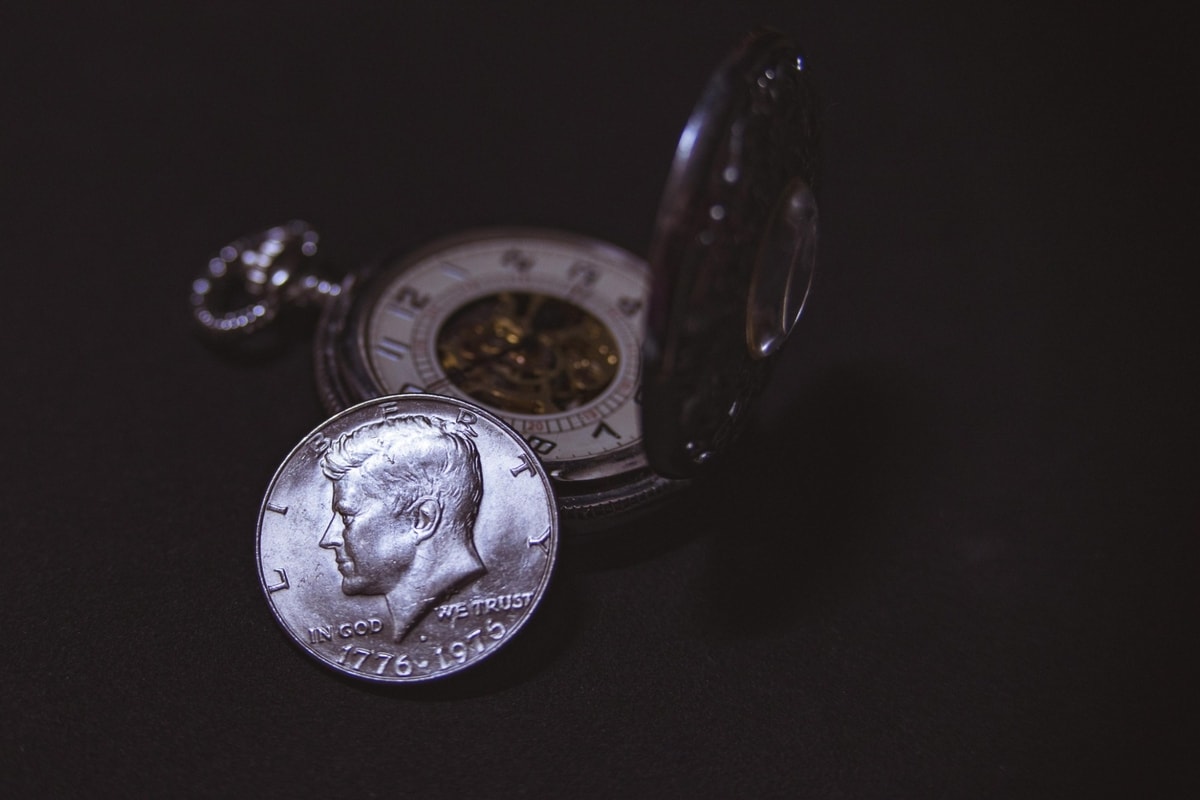
22 Juni 2025 3:52 pm
From Aceh to Papua: Discovering Indonesia’s Coffee Treasures
The Rich History of Indonesian Coffee: A Journey Through Time
Coffee was first introduced in Indonesia by the Dutch East India Company (VOC) in the late 1600s. They first planted arabica coffee origin from Yemen on the island of Java. In the 1710s, Java coffee began to be exported to Europe, making Indonesia the first place outside Arabia and Ethiopia to cultivate coffee commercially. As time passes, Java coffee has become increasingly popular worldwide. Following their success in Java, the Dutch expanded coffee cultivation to other islands including Sumatra, Sulawesi, Bali, Flores, and other parts of the Archipelago. Due to a disease, coffee leaf rust (Hemileia vastatrix) has wiped out much of Indonesia’s Arabica plantations. Because of this, the Dutch began cultivating Robusta coffee, which is more resistant to disease and can grow at lower altitudes. After Indonesian independence in 1945, plantations previously owned by the Dutch were taken over by Indonesian people. Over time, smallholder farmers became the backbone of coffee production in many regions.
Exploring the Unique Coffee Regions of Indonesia: From Aceh to Papua
Indonesia is a treasure trove of coffee sources, each with its unique flavor profile and story to tell. From the lush highlands of Sumatra to the volcanic soils of Java, the diversity in coffee cultivation across this archipelago is nothing short of astounding. Indonesia is now one of the top 4 coffee producers in the world.
Let’s start our journey in Sumatra, known for its bold and earthy coffees that often feature notes of chocolate and spice. The wet-hulling process used here enhances these flavors, making Sumatran coffee a favorite among those who enjoy a rich cup. Coffee from Aceh Gayo, Mandheling, and Lintong each offer their unique profiles. Gayo coffee, grown in the highlands of Aceh, is known for its full body, low acidity, and hints of herbal and fruity notes. Mandheling coffee, from North Sumatra, is famous for its deep, syrup body with earthy, chocolaty flavors and a smooth finish. On the other hand, Lintong coffee tends to have a cleaner profile with subtle notes of nuts and florals.
Next up is Java, where the famous Arabica beans are grown on fertile volcanic land. Java coffee tends to have a smooth body with bright acidity and delightful hints of caramel and nuts. No wonder this region has been known since Dutch colonial times. Temanggung, located on the slopes of Mount Sumbing and Mount Sindoro, produces both Arabica and Robusta with bold, earthy flavors often marked by smoky, chocolaty, and slightly spicy notes. In the Dieng Plateau, the high elevation and cool climate create ideal conditions for Arabica coffee with bright acidity, floral or citrucy notes, and a clean finish. Meanwhile, coffee from Mount Merapi benefits from fertile volcanic soil, resulting in a smooth-bodied cup with balanced acidity and hints of herbs, nuts, and dark chocolate.
Don’t forget about Sulawesi! This lesser-known gem produces coffees that are full-bodied with complex flavors ranging from fruity to herbal. The Toraja region’s traditional methods give their beans an intriguing depth that will surely excite any coffee lover. Toraja coffee is known for its rich, syrupy body, low acidity, and layered notes of dried fruit, spices, cocoa, and even tobacco, often enhanced by the traditional wet-hulling process. Other areas, like Enrekang and Mamasa, also produce high-quality Arabica with slightly different profiles. Enrekang coffee tends to be a bit brighter and more citrusy, while Mamasa beans often carry floral and tea-like notes.
And let’s not overlook Bali! Known for its organic farming practices, Balinese coffee often boasts vibrant floral notes combined with a pleasant sweetness. It’s perfect for those who appreciate a lighter roast. Most of Bali’s Arabica coffee is grown in the Kintamani Highlands. This region benefits from rich volcanic soil, high elevation, and a unique microclimate, producing coffee with bright acidity, medium body, and refreshing notes of citrus, flowers, and mild spice. The difference between Bali coffee and coffee from other parts of Indonesia is the use of subak abian, a traditional Balinese irrigation and farming cooperative system that emphasizes harmony with nature, often leading to certified organic and fairtrade practices. While Arabica dominates the highlands, Robusta is produced in lower areas like Singaraja, offering a more intense, bitter profile suited for dark roasts.
Sip Your Way Through the Islands and Celebrate the Richness of Indonesian Coffee Culture!
Exploring Indonesia's diverse coffee sources is like having an adventure for your taste buds! Each cup tells a story of its origin, culture, and craftsmanship—making every sip an experience worth savoring. So, grab your favorite Indonesian coffee brew and celebrate the incredible variety Indonesia has offered!
